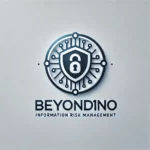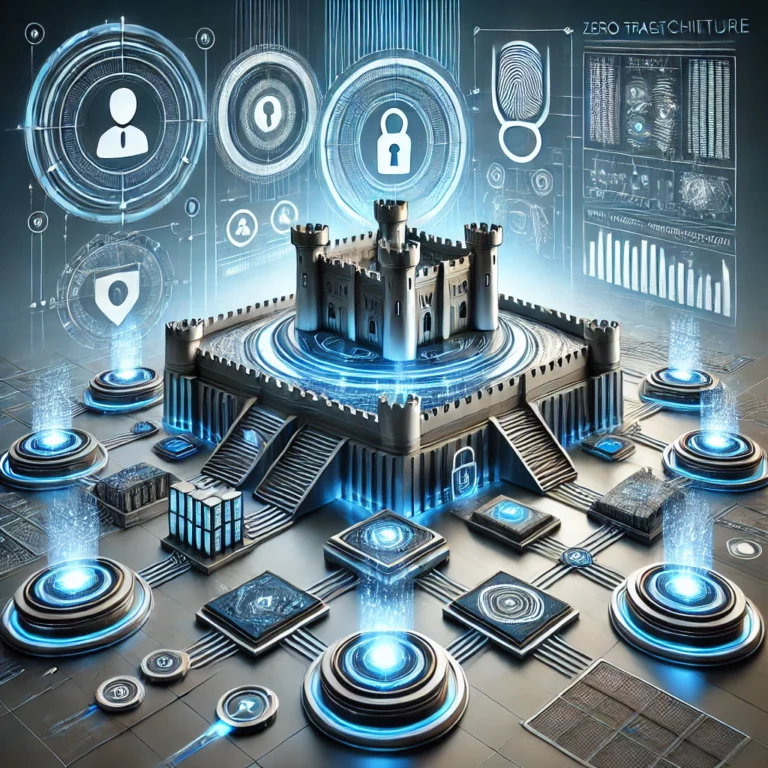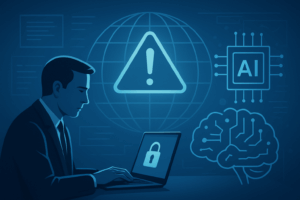In today’s cyber threat landscape, the old security motto of “trust but verify” no longer cuts it. The new reality? Never trust, always verify. That’s the guiding principle behind Zero Trust Architecture (ZTA) — a modern approach to cybersecurity designed to minimize risk and limit the damage from inevitable breaches.
Zero Trust isn’t a single product or solution. It’s a framework, a philosophy, and a continuous strategy. To implement it effectively, organizations must understand its five core pillars:
1. Identity Verification
Before granting access to any resource, the system must verify who the user is. This goes beyond simple username and password combinations. Organizations should implement:
- Multi-Factor Authentication (MFA)
- Biometric verification where possible
- Risk-based access controls (context-aware policies)
Identity is the new perimeter. You can’t trust a device or connection just because the login looks legitimate.
2. Device Trustworthiness
Even if the user is verified, what about the device they’re using? Zero Trust assumes devices can be compromised, so every endpoint should be assessed before access is granted.
Key strategies include:
- Endpoint Detection and Response (EDR)
- Mobile Device Management (MDM)
- Device posture checks (e.g., is the device patched and encrypted?)
If a device is outdated or shows signs of compromise, it should be blocked or given limited access.
3. Least Privilege Access
Users and systems should only have access to the data and applications they need, and nothing more. This limits the blast radius if an account is compromised.
- Implement role-based access controls (RBAC)
- Use Just-In-Time (JIT) access provisioning
- Regularly review and revoke unused privileges
Think of it like compartmentalization on a submarine: If one section floods, the entire vessel isn’t lost.
4. Microsegmentation
Instead of a flat network where once inside, an attacker can move laterally, microsegmentation divides the network into secure zones.
- Enforce granular access policies between systems
- Limit communication paths based on identity and device posture
- Apply the principle of “least network access”
This prevents attackers from moving freely inside your environment after initial entry.
5. Continuous Monitoring and Analytics
Zero Trust is not a one-and-done approach. It requires real-time visibility and adaptive responses.
- Use behavioral analytics to detect anomalies
- Employ SIEM and SOAR tools to respond quickly
- Monitor traffic, users, and devices continuously
If a user suddenly logs in from two countries within an hour, or a device downloads data outside of business hours, Zero Trust demands answers.
Final Thoughts
Zero Trust is more than a trending buzzword. It’s a pragmatic response to an increasingly hostile digital environment. By focusing on these five core pillars — Identity, Device, Least Privilege, Microsegmentation, and Continuous Monitoring — organizations can create a layered, intelligent defense that aligns with the way we work today.
It’s not about trusting no one. It’s about trusting intelligently. And verifying everything.




